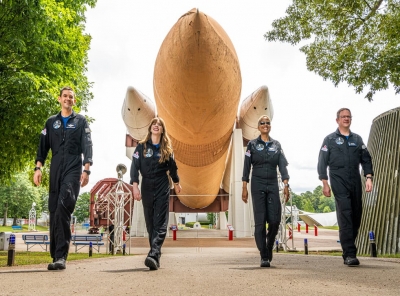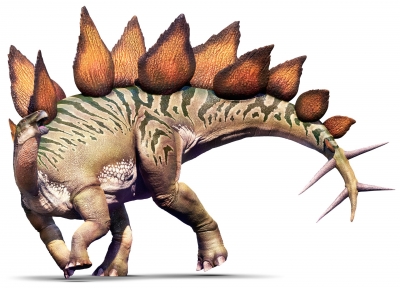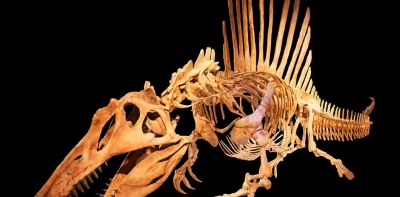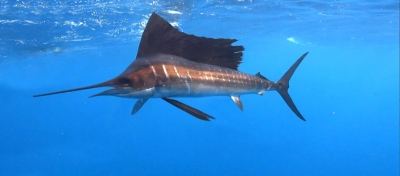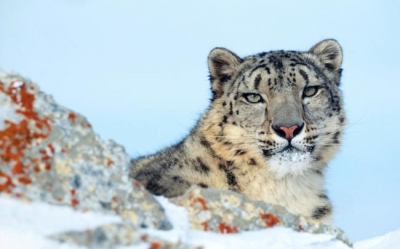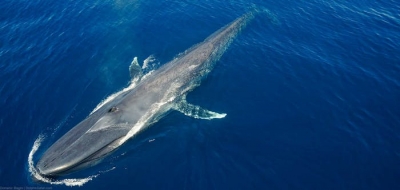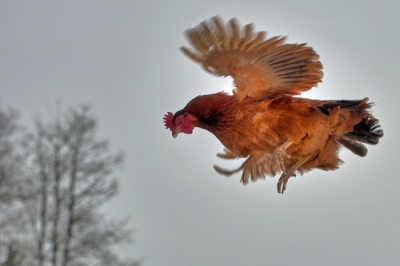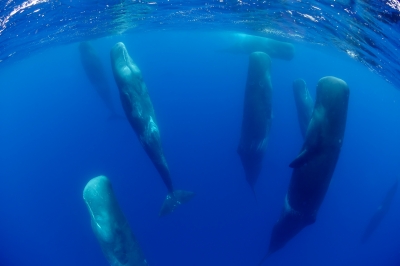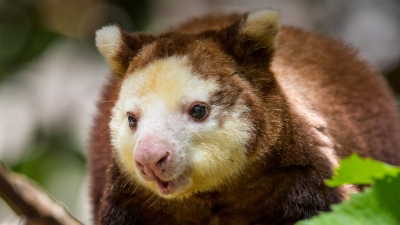What is National Farmers’ Database? Why it is being created?

A National Farmers Database is being created. This is subsequent to the announcement made by Agriculture Minister Narendra Singh Tomar in Parliament on July 27, 2021.
What is its objective?
The Centre has developed a National Farmers Database with records of 5.5 crore farmers which it hopes to increase to 8 crore farmers by the end of this year with the help of State governments. The objective of building a farmers' database, according to Mr. Tomar, is to enhance the efficiency of the agriculture sector, help offer proactive and personalised services to farmers, and increase their income. He said agriculture has to be linked with digital technology, scientific research, and knowledge.
Features
The majority of farmers in the country have limited access to advanced technologies that can help improve output. The farmers’ database is expected to play an important role in the formulation of policies for the sector, in targeted service delivery, and in selecting beneficiaries of government schemes. The initiative seeks to ensure ease of farming, reduction of input costs, improvement of quality, and better prices for produce. The database is envisaged to facilitate online sign-in facilities for universal access and to provide personalised services such as direct benefit transfer, soil, plant health, and weather advisories, irrigation credit, and insurance facilities. Besides, it will provide information on seeds, fertilizers, and logistics available in the vicinity.
How is it created?
The federated farmers' database is being created by taking the publicly available data and linking them with the digitised land records. A federated database is a system containing a collection of self-sustained databases that facilitate sharing of data among themselves. The national farmer’s database is being created by taking data from existing national schemes such as PM-KISAN, soil health cards, and the insurance scheme PM Fasal Bima Yojna. So far, 5.5 crore farmers have been identified in this way. The Centre has urged the States to create their own databases of farmers using the federated national database and allow linkage to land record databases maintained by States.
According to reports, the Agriculture Ministry is creating a digital ecosystem called "Agristack" to focus on farmers and the farm sector. The farmer’s database will serve as the core of the Agristack.
At present, the farmers’ database will include only farmers owning agricultural land as it will be linked to digitised land records. In due course, each land-owning farmer will get unique IDs. There are, however, concerns over creating the database as many farmer organisations fear the move would compromise their data privacy.
Picture Credit : Google

